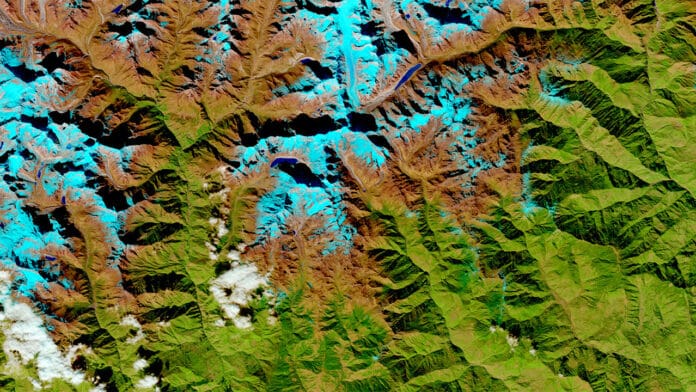Access to the latest data remains a significant challenge in climate science, where environmental conditions change almost daily. NASA estimates that scientists will have 250,000 terabytes of data from new missions by 2024. However, despite growing amounts of data, scientists and researchers still face obstacles in analyzing these large datasets.
To help climate scientists and the research community efficiently explore these areas of raw satellite data, computer manufacturer IBM, NASA, and open-source AI platform Hugging Face have collaborated to build an open-source geospatial foundation model for Earth observations. Built from NASA’s satellite data, it will be the largest geospatial foundation model on Hugging Face and the first-ever open-source AI foundation model.
The geospatial foundation model will serve as the basis for a new class of climate and Earth science AIs that can track deforestation, predict crop yields, or detect and monitor greenhouse gasses.
For this project, IBM leveraged its recently released Watsonx.ai geospatial foundation model trained on a year’s worth of NASA’s Harmonized Landsat Sentinel-2 satellite data (HLS). By fine-tuning the model on labeled data for flood and burn scar mapping, the team was able to improve the performance of the model by 15% over state-of-the-art techniques using half as much labeled data.
The model leverages IBM foundation model technology and is part of IBM’s larger effort to create and train AI models that can be used for different tasks and apply information from one situation to another.
In July, IBM announced the availability of Watsonx, an AI and data platform. A commercial version of the geospatial model, which is part of IBM Watsonx, will be available through the IBM Environmental Intelligence Suite (EIS) later this year.
“The essential role of open-source technologies to accelerate critical areas of discovery such as climate change has never been clearer,” said Sriram Raghavan, Vice President of IBM Research AI, in a statement. “By combining IBM’s foundation model efforts aimed at creating flexible, reusable AI systems with NASA’s repository of Earth-satellite data and making it available on the leading open-source AI platform, Hugging Face, we can leverage the power of collaboration to implement faster and more impactful solutions that will improve our planet.”
